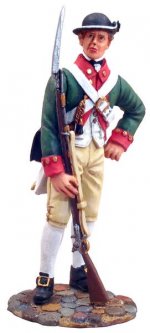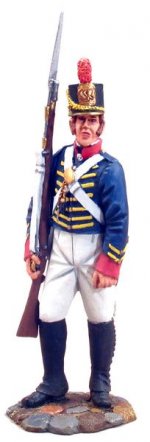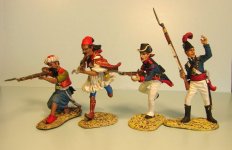The 2nd Barbary War is also known as the Algerine War
Algerine War (ăl`jərēn'), early 19th-century conflict between Algiers and the United States. The Tripolitan War (1801–5) had brought a temporary halt to the pirate activities of the Barbary States. However, during the subsequent Napoleonic Wars and the War of 1812 the Barbary pirates renewed their predatory raids on American Mediterranean commerce, and Algiers actually declared war on the United States. In 1815, Stephen Decatur was sent to Algiers at the head of a squadron of 10 ships. After two minor engagements he sailed into the harbor of Algiers and forced (June 30) the dey of Algiers to sign a treaty renouncing U.S. tribute and agreeing to release all U.S. prisoners without ransom. Decatur then exacted similar guarantees from Tunisia (July 26) and Tripoli (Aug. 5), and the so-called Algerine War was ended.
Decatur & 2nd Barbary War
Second Barbary War
In May 1815, Commodore Decatur sailed his squadron of ten ships to the Mediterranean Sea to conduct the Second Barbary War, which put an end to the international practice of paying tribute to pirate states. Decatur was dispatched to Algiers to secure the release of American slaves, to obtain an end to tribute, and finally, to procure favorable prize agreements.
Capturing the Algerian fleet flagship Mashouda as well as the Algerian brig Estedio in route to Algeria, Decatur secured an amount of levying power with which to bargain with the Dey of Algiers. Upon arrival, Decatur exhibited an early use of gunboat diplomacy on behalf of American interests. A new treaty was agreed to within 48 hours of his arrival, confirming the success of his objectives.
After resolving the disputes in Algiers, Decatur sailed his squadron to Tunis and Tripoli to demand reimbursement for proceeds withheld by those governments in the War of 1812. In a similar fashion, Decatur received all of the demands he asked of them, and promptly sailed home victorious.
For this campaign, he became known as "the Conqueror of the Barbary Pirates".





